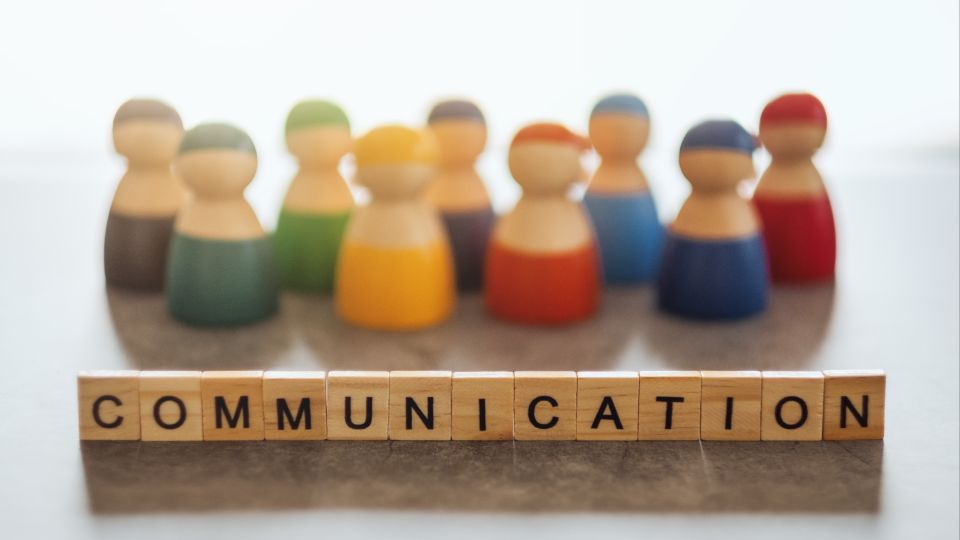Poor Communication Harming Team Dynamics
Effective communication is the backbone of any successful team. When communication falters, team dynamics can suffer, leading to confusion, conflicts, and decreased productivity. Poor communication within a team not only affects individual performance but can also erode collaboration, trust, and morale. Here's how poor communication harms team dynamics and how to address it.
How Poor Communication Affects Team Dynamics
When communication breaks down, the impact on a team is immediate and often widespread. Team members may feel misunderstood, disconnected, or disengaged, which leads to reduced efficiency and a lack of cohesion.
1. Misalignment of Goals and Expectations
Without clear communication, team members may have different understandings of the project's objectives and individual roles. This misalignment can result in wasted effort, missed deadlines, and confusion about priorities. When everyone is not on the same page, the team loses its ability to work toward common goals effectively.
2. Increased Conflicts and Tension
Lack of open dialogue often leads to misunderstandings and assumptions. When team members don't communicate openly, it can create unnecessary tension and foster a culture of conflict. Unresolved issues can fester, damaging relationships and lowering team morale.
3. Reduced Collaboration and Innovation
Teams thrive on collaboration, but poor communication can create silos. When information isn’t shared freely, innovation and problem-solving are hindered. Team members may work in isolation, duplicating efforts or overlooking valuable insights that others may have. This lack of synergy stifles creativity and slows down progress.
4. Decreased Morale and Engagement
When communication is lacking, team members may feel left out or unsupported, which can negatively affect their engagement and morale. Inconsistent feedback or lack of recognition for hard work can make individuals feel undervalued, leading to disengagement and burnout.
How to Improve Communication and Strengthen Team Dynamics
1. Foster Open and Transparent Communication
Encourage a culture of openness where team members feel comfortable sharing their thoughts, concerns, and ideas. Regular team meetings and check-ins create a space for feedback, discussion, and problem-solving. Transparency ensures that everyone is aligned and understands the team's goals and priorities.
2. Clarify Roles and Responsibilities
Ensure that everyone knows their role and the expectations tied to it. Clear communication about roles and responsibilities helps prevent confusion and duplication of efforts. This clarity also allows team members to hold each other accountable and work more cohesively.
3. Use the Right Tools for Collaboration
Adopt communication tools that promote collaboration, such as project management software, messaging platforms, or video conferencing. These tools help keep everyone on the same page, especially in remote or hybrid teams, ensuring seamless communication across all channels.
4. Encourage Active Listening
Active listening is a critical component of effective communication. Encourage team members to listen to each other fully, seek clarification when necessary, and respond thoughtfully. This practice helps prevent misunderstandings and strengthens relationships within the team.
Conclusion
Poor communication can significantly harm team dynamics, leading to confusion, conflict, and disengagement. By fostering open dialogue, clarifying roles, utilizing the right communication tools, and encouraging active listening, teams can strengthen their collaboration and work together more effectively. Improving communication not only enhances productivity but also creates a more positive and supportive team environment.
